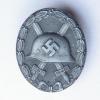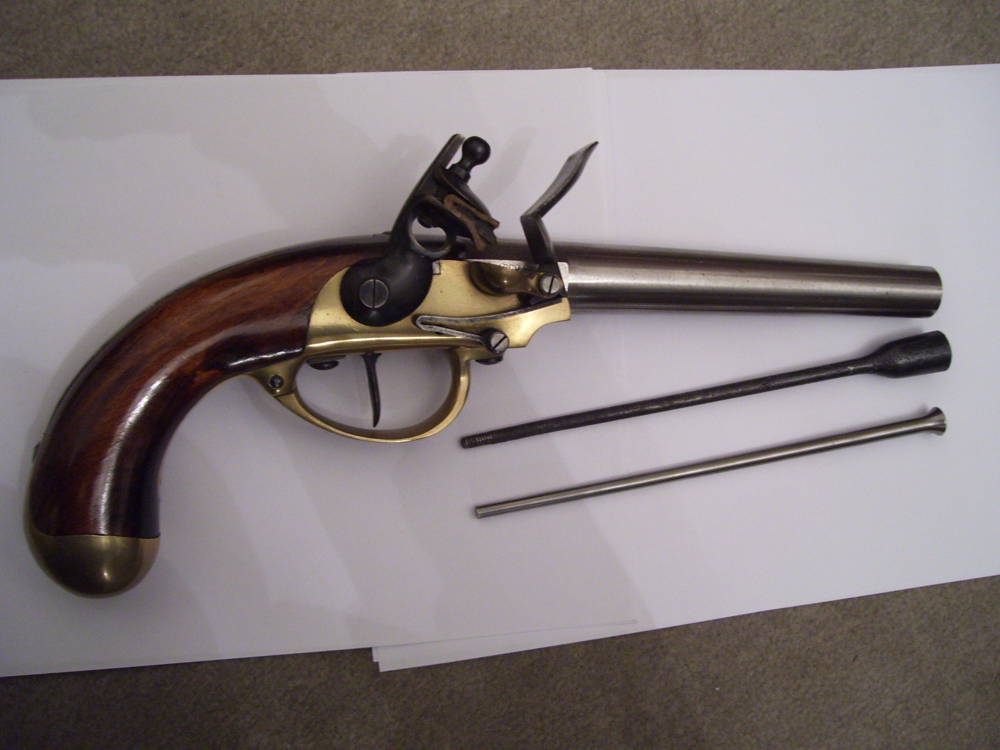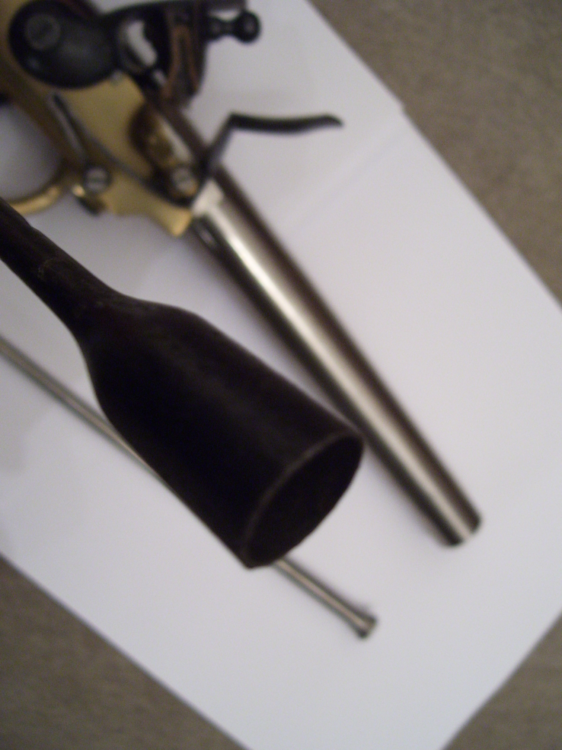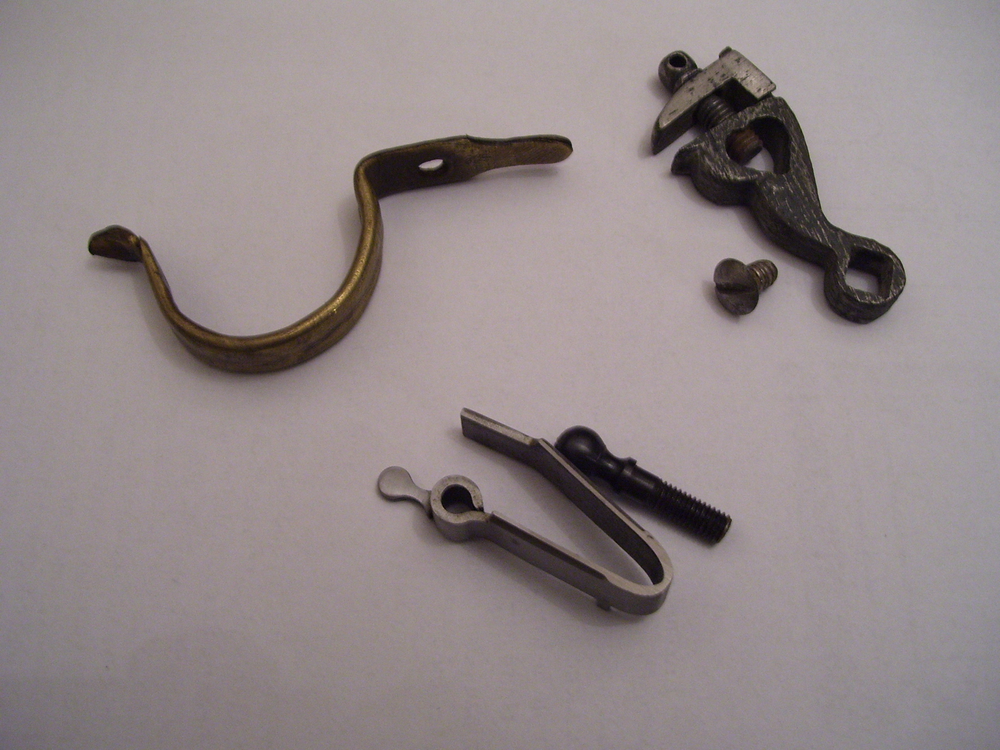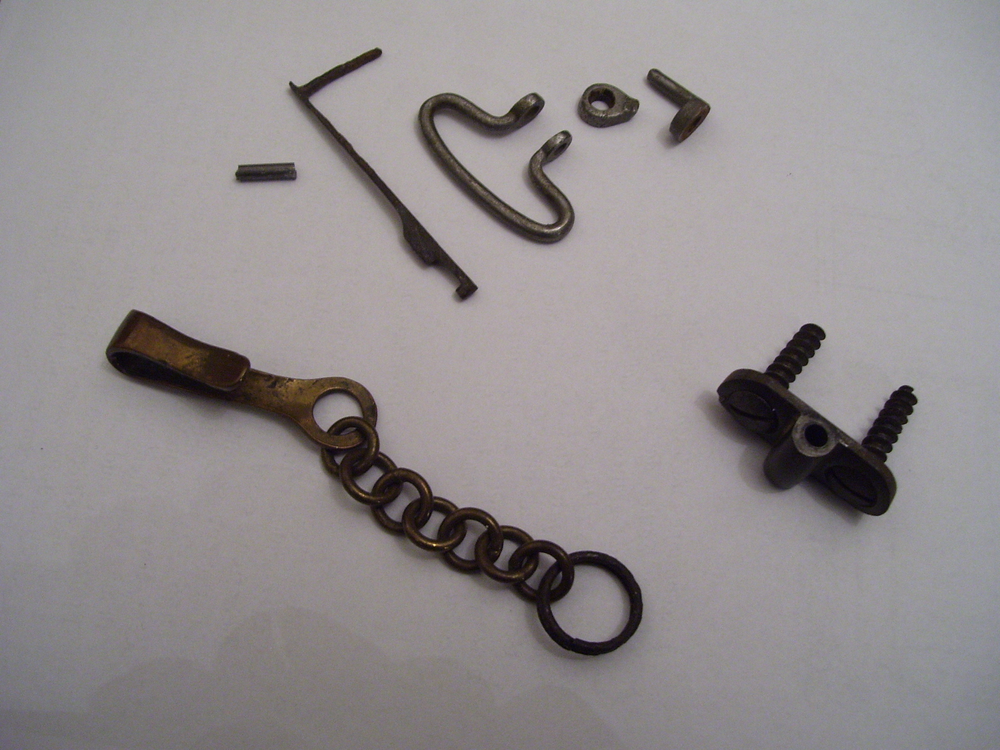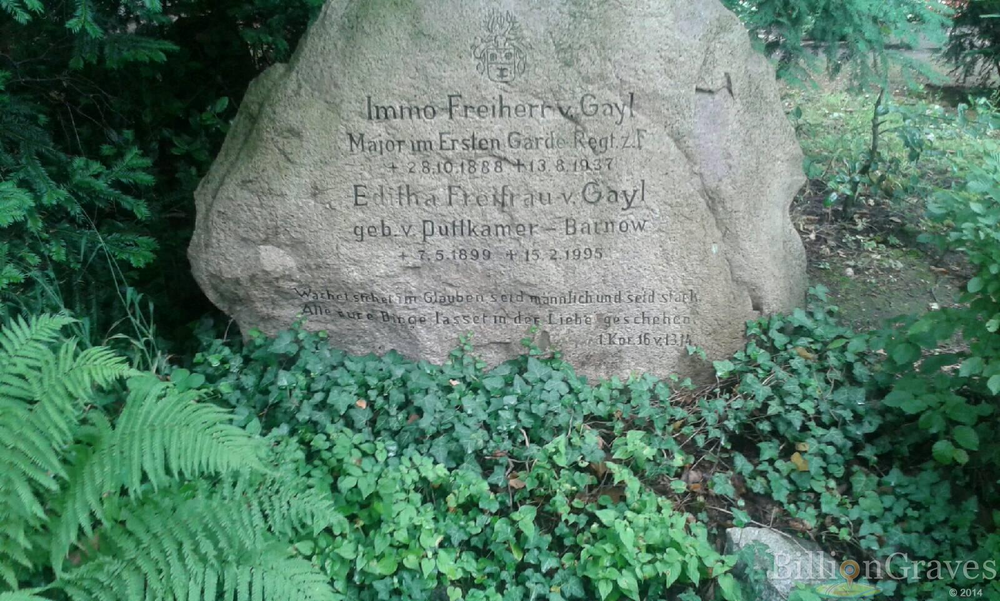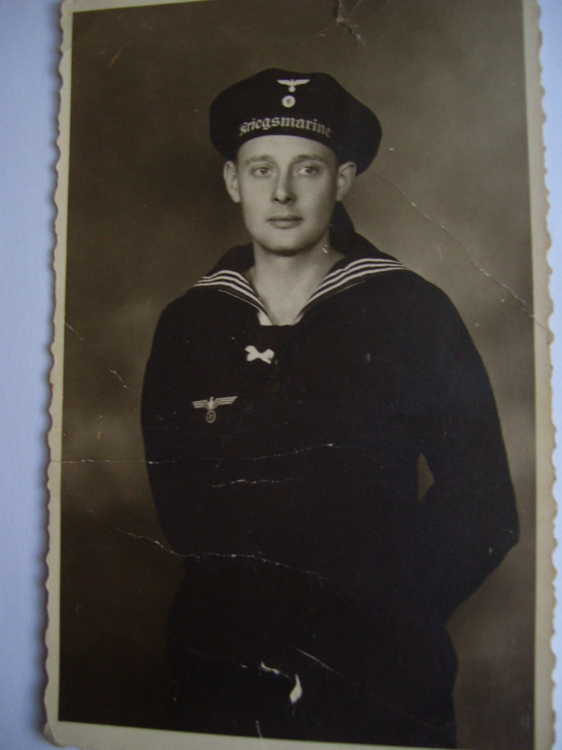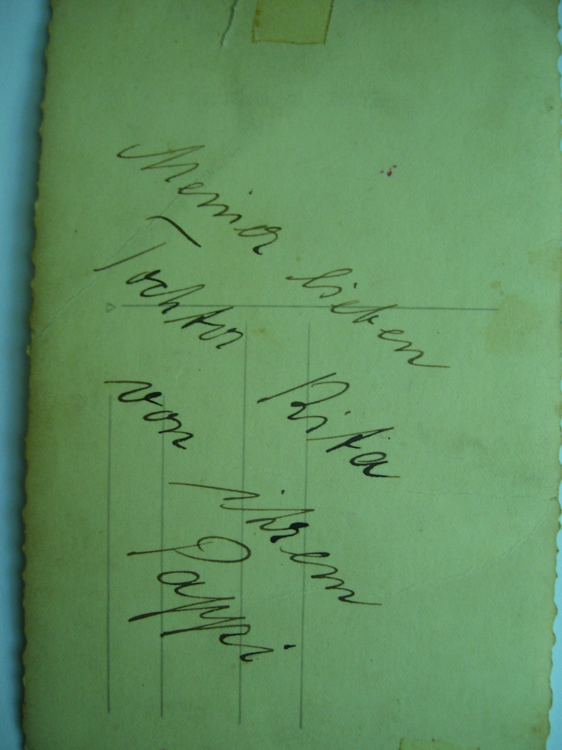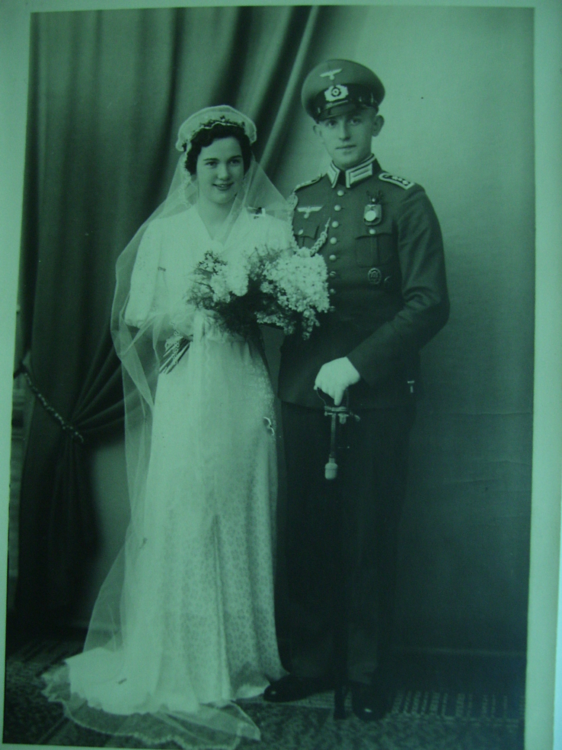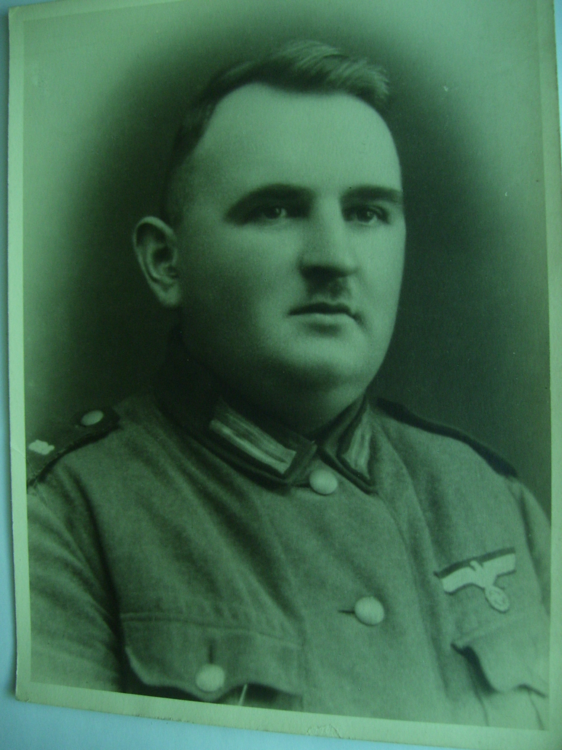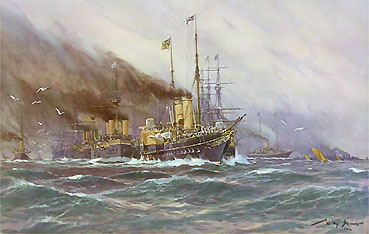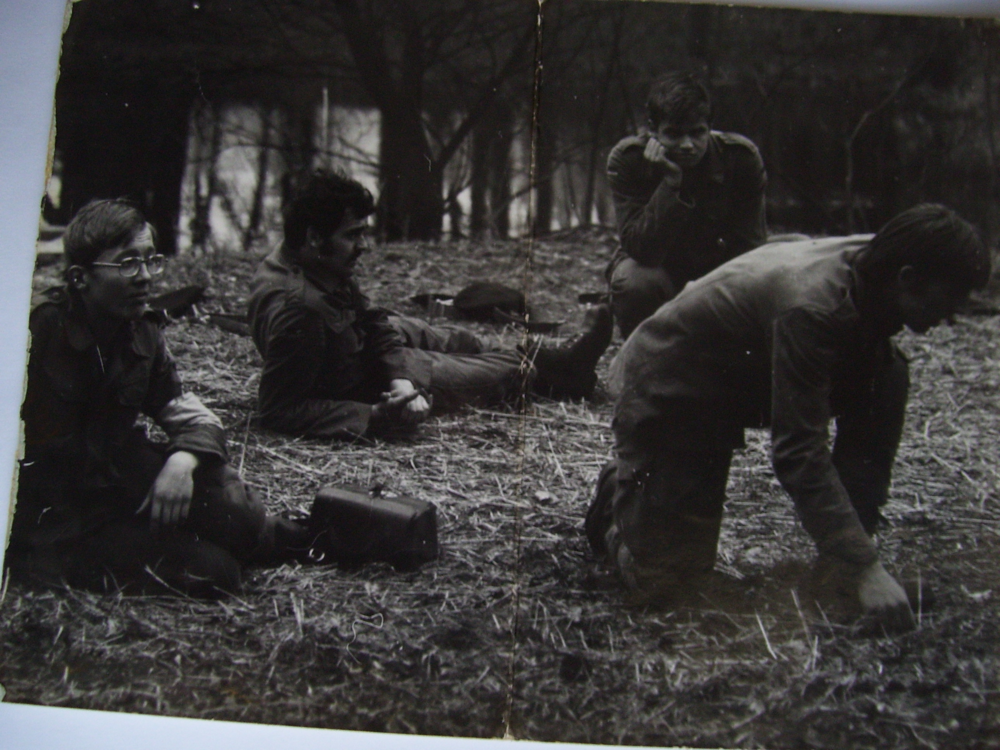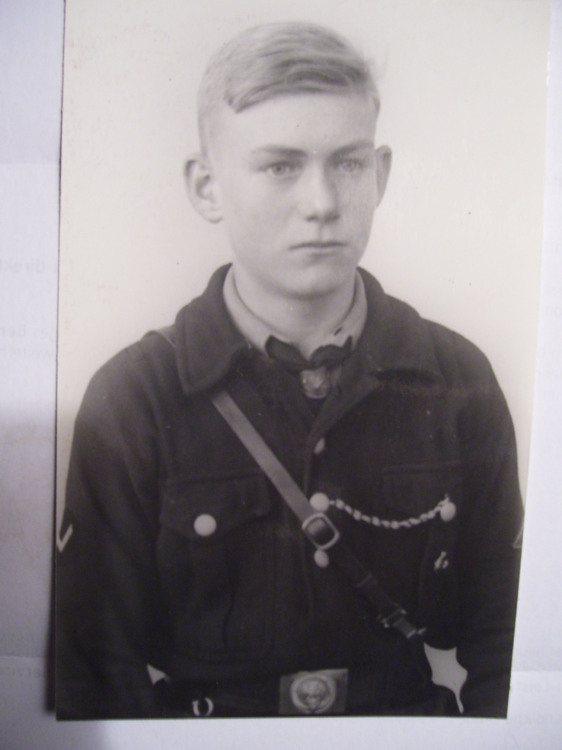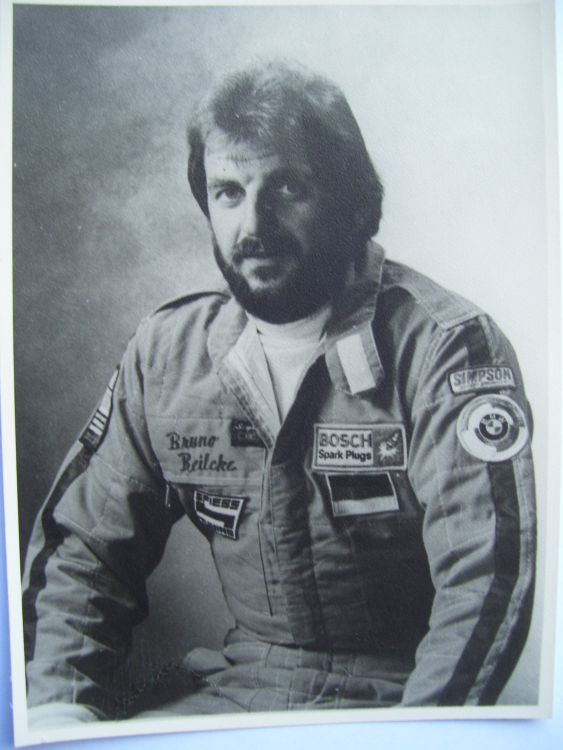Leaderboard
Popular Content
Showing content with the highest reputation on 24/09/20 in all areas
-
Here is a WW1 era Turkish Grenade, the 1914 No. 2 model. It was a cast iron body with a brass fuse. It had a inscription on the side which translated to "type 2 infantry grenade". Additionally it had a notch on the grenade body to allow for a ring to used to attach to equipment. Like most other Central Powers nations, they relied on Germany to supply their needs, pretty much from 1915 onwards, the Turks were supplied with German made or captured arms and equipment. These No.2 grenades are an interesting and unique model. I have had one on my wish list for some time.3 points
-
Nancy Riedel took over the photo studio from her mother, Mercedes Riedel, who founded the business around 1927, an older and a more recent portrait Daughter: Oberärztin Nancy-Anja Narr Various studio photos from Wandsbek that were given to me over the past few years "Der Sonntagssoldat", the father wearing steel helmet and his medals from the Great War. In peacetime he served with the police. The father in uniform with his medals A soldier from Infanterie-Regiment 69 in Wandsbek. An early pre-war photo as can be seen with the cap and other insignia. Identity has unfortunately not been disclosed. A second photo well midwar, depicting the wearer in a tunic which has been made up of a lightweight canvas type material and with a rather individual pattern and with a darkgreen cloth collar. In the buttonhole is the ribbon of the Rumanian decoration for the "Crusade against Bolschewism" with a gilt bar, here not legible. Various other miniature ribbons on a bar. He has the rank of Obergefreiter and is wearing a small plaited lanyard to the right, possibly for a whistle. Waffenfarbe is not discernable, but is certainly not white, of interest are the sliders with the unit number to the shoulders, barely legible. Obviously a photo taken whilst on home leave. Again, no identity to subject portrayed. A family photo taken in the studio, presumably pre-war, the soldier in walking-out dress from Infanterie-Regiment 6, which was based in Lübeck. He is also wearing a marksmanship lanyard. A studio taken wedding photo, certainly pre-war. The bridegroom is an Unteroffizier of an unidentified unit, he is wearing a ribbon bar of the long service medal for 4 years and the sports badge in bronze. Studio photo of a young man in a very presentable RAD uniform with presumably his fiancée. She has been named as Margot K. from the "Gärtnerei", Holzmühlenstraße. A pre-war studio photo of a soldier from 13. Kompanie, Infanterie-Regiment 69 in Wandsbek ( 13./69 ) dating from 29. September 1937. The soldier depicted, is, according to record, Herr L. of Ahrensburger Straße 89 in Wandsbek. The typical details of early uniform are clear in the picture. Two photos from the Great War period, these are later post war studio based reproductions. To the left is an engaged couple. The soldier is a Gefreiter wearing the fieldgrey uniform of a Guards unit and an artillery sabre, so presumably one of the Garde-Feldartillerie-Regiments, which were based around Berlin or Potsdam, the photo having been taken on leave. A further photo of an officer in a standard M.1910 fieldgrey infantry uniform. A photo of a soldier with his bride or his sister? Taken about 1916. He is a Gefreiter, the collar button is barely visable on one side and is wearing the M.1910 fieldgrey tunic with infantry shoulder straps of the 1915 pattern. Possibly from Infanterie-Regiment 76 or one of the regiments of the IX. Armee-Korps. He is also wearing the EK II and the Hamburger Hanseatenkreuz in his buttonhole, these awards had been very recently received at the time.2 points
-
2 points
-
x Air Force Museum, New Zealand In the Australian War Museum in Canberra (control column. and part of gyro compass) Fur overboots worn by Richthofen on his last flight. Australian War Museum, Canberra In private posession Sean Moir, curator of military and political history at Royal Alberta Museum, holds a piece of Manfred von Richthofen’s triplane scavenged after he was shot down at Morlancourt Ridge, near Vaux-sur-Somme, France, April 21, 1918. The piece belonged to Wilfrid Reid “Wop” May as he was the last person the famous Red Baron chased. It’s now part of the Royal Alberta Museum’s vast collection of Great War artefacts. Fish Griwkowsky, Edmonton Journal The piece belonged to Wilfrid Reid “Wop” May as he was the last person the famous Red Baron chased. It’s now part of the Royal Alberta Museum’s vast collection of Great War artefacts. Royal Alberta Museum, Canada Imperial War Museum, London Both MGs were displayed for many years together with the motor at the Imperial War Museum2 points
-
A studio photo of a Husar in full uniform, most likely from Husaren-Regiment Kaiser Franz Joseph von Österreich-Ungarn (Schleswig-Holsteinisches) Nr. 16, based in Schleswig. The uniform jacket and cape are light cornflower blue, noticeable in the photo. Studio is J. Vahlendiek in Schleswig, hardly legible in fine gold print, now very faded, as is the rest of the photo. A re-work using photoshop, contrast raised, now a little more disctinct. Many thanks to wpf.2 points
-
The Legacy - what remains Memorial for Manfred von Richthofen in the park in Schweidnitz, Wallstraße An early post war photo The memorial in it's present day state Belin-Tempelhof, Manfred-von-Richthofen-Straße2 points
-
The 1915 types are somewhat still common, although the 1913 types seem to be prevalent on the market right now. Below is another type, one that I am still searching for. The Germans were somewhat prepared for the war with a reasonable stockpile of Grenades, however this did not last long and so they simplified the 1913 version which is shown below on the right. This was an attempt to reduce production time and get more to the front. These are very uncommon, I have only seen one for sale in the last few years and it was very expensive. Of course after 1915, the stick grenade became dominant and these types started to be less common. (photo source, internet)2 points
-
2 points
-
Thanks Buster, they are coming out of Eastern Europe mainly if you are lucky to get one, and they are always in dug condition.2 points
-
Two more photos from the photo studio: Studio copy of a snap taken of Adolf Galland and Major Hitgen, Hitgen is second on the left. Signed Adolf Galland and with dedication: Major a.D. Gerd Hitgen in alter Verbundenheit Studio photo of an unknown Leutnant of the Kriegsmarine. Illegible inscription "...gest., 1940" (gestorben, possibly a Narvik casualty)2 points
-
So I'll start this off with Schwere Hand Grenades. Heavy iron often roughly cast grenades produced in many different sizes & styles. Most of these grenades have been salvaged from the Alps I'm lead to believe. My knowledge on them is very limited so feel free to firm up the detail or correct any errors. I just find their 'ugliness' appealing. Starting off with what I think is the oldest in my collection a 'medium' Schwere'. It weighs 10 ounces & would have contained gun powder. It has a delay friction fuse & a fuse protector. Note the uneven body casting & heavy fragmentation. Here we have a 'small' Schwere with a strike on a hard surface percussion fuse. The fuse body itself has a left hand thread & so screws into the grenade body anticlockwise. The safety cap has a right hand thread so you couldn't unscrew the fuse in error given this thread combination. This is my favourite Schwere as it has an improvised belt hook which made it a nice find. Another heavy Schwere here. A big heavy beast of a grenade. Again with the same left hand right hand thread combination. It has a percussion fuse. Finally we have what is the most common Schwere on the market. The fuse is incomplete, complete fuses are hard to find.This was a late war grenade and is much more uniform in appearance with a more 'modern' appearance. The fragmentation is noticeably smaller and has the look of a Mills Bomb it could be said.Gone are the rough uneven heavy iron edges. All 4 seen here together with a Number 36 Mills to give them scale. In part 2 I'll be covering Universal Grenades that could either be thrown or launched from a rifle.1 point
-
Here is a Kugel Grenade belt carrier. It is in relic condition and not complete. How it worked was the grenade was secured into the rig, and had leather straps that attached to the studs on the side of the carrier and supported the grenade with a small disc that held the grenade bottom. So to use it, the soldier removed it from the belt, the leather strap was then disconnected, and the grenade was pulled free from the carrier, removing the fuse pin, then the carrier was simply thrown away. Not a very efficient use of materials, so no wonder it was discontinued and from what I found it was not used in large numbers either. Most of these you find for sale are in relic condition, there are reproductions being made as well.1 point
-
1 point
-
1 point
-
Nice complete example. Don't see them very often with the handle and pull ring etc. Just the tube capped at both ends.1 point
-
Great piece of ordinance. I dont collect shells etc but I would like a 50 kg plus bomb. There's a bomb off a Stuka on sale over here. £2500 though1 point
-
Nice condition especially the inscription.First time I've heard the translation so nice one. Nice use of an O Ring to sit it on. I had considered that idea for my spherical grenades. Is it yours or is it still on the wishlist? There's one been on sale for ages at a dealers over here but they command top money, £400 is the price but they tend to be around that price. When they do come on the market they get snapped up quickly.Apparently this grenade is often faked but I don't know how good they are. For me if I bought the real deal the inscription would need to be in good condition. On my wish list too. Number 1 actually. The grenade in question. Does have the belt ring although a different type it would appear though the split could be out of sight perhaps.Replica fuse obviously and a different type. I've seen this type before but the fuse in your photo is the more common.Not seen an original fuse to date, always a replica. Tempting though even though its not in top condition but the inscription is pretty intact. Got a few duplicate grenades to sell so maybe1 point
-
1 point
-
x A ramrod for a French M.1822 pistol, some staining and light pitting, stamped with a number "1" A flint for a flintlock musket for present day use, ideal to complete an antique military weapon. A clearing rod for Mauser rifles, this variation is 32 cm and stamped with a "4", possibly denoting the size length, possibly for an export model A spring tensioner (breakdown or re-assembly tool) for flintlock pistols or muskets, this was produced around 20 years ago as a usable accessory by the renowned firm of Peter Dyson, who worked for the Tower Armouries. I have used it myself and it is excellent. Precision worked steel with a slightly blued finish.1 point
-
Magzine for MP 38 & 40, dated 1942 with maker's code kur, being Stey-Daimler-Puch, Warschau or Graz Waffenamt Wa8151 point
-
1 point
-
As Bulgaria was part of the Central Powers during the Great War, it could draw on resources from its partner nations, such as Germany which provided weapons and field gear. Bulgaria also supplied the above mentioned grenades to Turkey. Bulgaria used the German stick type grenades, which can be seen in many photographs. Information on Bulgaria's munition productions is scarce as well as photos of ordnance. I did find that during the Balkan wars, there was a good abundance of grenades available to Bulgarian forces, however in 1915, only a few thousand grenades were available, which tends to support the notion they relied on other more industrialized nations to support their war efforts.1 point
-
Great find on the SIPE, it is really hard to find them with fuses intact, as most are dug examples.1 point
-
1 point
-
1 point
-
1 point
-
1 point
-
1 point
-
Here is an interesting item, a WW1 era US Engineer sketching case. It appears almost unused, with all contents present, although the contents have been opened, they are near mint in most case. It even has the original packing list inside. The metal carrying case is olive drab in color with a leather handle, inside is a decal from the McFarlan Motor Co., the maker of the case. A lot of subcontracted work was done in the US during WW1. The tripod is wood and brass, made by the Eastman Kodak Company, dated 1914. Most of the engineer items are made by Kueffel & Esser Co. Most likely this case was never used, perhaps items taken out and used and replaced later. The packing slip shows it was in a reserve depot in Ohio, so it may well have been in storage for some time. Upon opening the lid, you see the folded tripod legs on the left, and the sketch pad on the right inside a rubberized case. Lift up the sketch pad, and you see the cover for the storage compartment. Inside the storage compartment Tally Machine, in the original package US Army Engineer Compass, dated 1918 Original package for the compass This and the image above are for the Army issue pocket pencil pouch, dated 1917. Folding wood and brass measure stick This and the 2 images above are for the 3 sided ruler that came in the case This and the image above is timing pad holder, which had an arm strap1 point
-
Some further background info / photos added. A lot of personal regalia also helmets, unforms of Prinz Alfons have been in auctions in the past 20-30 years.1 point
-
Prinz Alfons Erinnerungszeichen, 1920-1960 Maker's mark, M.Heinloth (München). Silver version on blue ribbon with white edging. There was also a gold version on a red ribbon with green edges. A private and unofficial decoration from the beginning of the Weimar period, awarded by Prinz Alfons Maria Franz Clemens Maximilian von Bayern to persons who had distinguished themselves in the service of the war veterans associations, (Krieger- und Militärvereine) and also shooting associations, Schützenvereine. The decoration was continuously awarded after the death of Prince Alfons in 1933. It was probably suppressed as from around 1936 till after 1945. Known to have been further awarded by the House of Wittelsbach till the late 1950s or early 1960s. Prinz Alfons was a General of Kavallerie and the honorary colonel in chief of various regiments, such as Dragoner-Regiment von Manteufel (Rheinisches) Nr.5. Several of his uniforms were in auctions and for sale in recent years. Prinz Alfons von Bayern, 1862-1933, portrait photos 1880 1. Infanterie-Regiment "König" 1881 3. Feldartillerie-Regiment "Königin Mutter" 1882 1. Schweres Reiter-Regiment "Prinz Karl" 1891/2 Kriegsakademie 1884 Rittmeister 1892 Major u. Regimentskommandeur 1899 Generalmajor u. Kommandeur d. 1.Kavallerie-Brigade 1901 Generalleutnant 1905 General der Kavallerie 1913-18 Hon. Chef des Kgl.Preuß. Dragoner-Regiments Freiherr von Manteuffel (Rheinisches) Nr. 5 in Hofgeismar In the costume of a Hunting or Rifle Association, based on Bavarian national dress (grey serge, dark green facings) In the uniform of a Chevauleger Regiment (either regiment 7 or 8, white facings) A wartime photo in fieldgrey Prinz Alfons in Bavarian Generals uniform, photo from late 1920s or early 1930s Tomb in the Wittelsbachergruft, Michaelskirche zu München Other private awards given by Prinz Alfons1 point
-
Here is a WW1 era US made 75mm high explosive shell and brass casing. The projectile has the original paint, which was yellow, but has faded over the years. The projectile is unfired as evident by the driving band at the base. The US made these shells for the French forces as well as US troops who were using the French 75's. The US did have some of its own artillery, but not much made it overseas, and to ease logistics it made sense to use the French and British pieces already in theater.1 point
-
Upon seeing them, the last body type one is the kind I had, but with the first type fuse/ ingnitor1 point
-
Very nice, I haven't seen one of those carriers for ages,! And that kugel is in remarkable condition, I used to have one also, but not as nice as yours.1 point
-
1 point
-
1 point
-
That sounds really ok. You might be more on the safe side ordering one from Jacobi, as they have accurate copies. The shipping costs for such a small item from Germany would not be that high, postage rates are probably cheaper than in the UK, I find. I would ask them for a shipping quote.1 point
-
Thanks, for all your help! Peter Bellingrath, at Paul Jacobi, said, they had a reproduction, for 29 Euro. Depending, on shipping cost, I may have one turned. Thanks, Again!1 point
-
x A replica M.1777 pistol by Hege-Huberti-Pedersoli - this is calibre 0,69 (ca. 17 mm), but lacks the engraving of manufacturer's details. Clearing rod below (bright), and the original clearing rod for the M.1822, this example with a conical or bell shaped end, which is hollow. The end piece has a diametre of 16 mm, total length: 19,6 cm. The bottom end has a screw fitting, as the 1822 model did not have an internal spring to hold the rod, as did earlier models. Diametre of bottom end: ca. 4 mm. Total length of conical part; ca. 30 mm. These measurements are a good approximation, but are no guarantee for absolute accuracy! Diese Information dient lediglich als Hinweis - Jede Haftung ist hiermit ausgeschlossen!1 point
-
Not for sale. I salvaged it from a rather wrecked 1822 pistol purchased in Berlin. The wooden stock had been a complete remake, not quite satisfactory, so I decided to part with it. You can still get these parts here and there, at arms fairs, etc. There are also copy parts available, which are satisfactory, such as by the Italian firm of Pedersoli or by Paul Jacobi in Iserlohn/Germany, he specialises in muzzle loading weapons complete, these are also fireable, they are are of very good quality and complete with all authentic ordonance marks, dates and maker's name, as appropriate. He does also have some original parts. I got some spare parts and repairs done by him many years ago.1 point
-
Do you, still, have the ramrod for a French M.1822 pistol, if so, how much? Thanks1 point
-
Freiherr von Pappritz Copies of original photos lent to me nearly 40 years ago. A little old lady who had permission to leave the DDR and settle in the west, told me her story. She was originally born in Wien and she married Freiherr von Pappritz and settled in Dresden. She brought with her, her own personal silver service and some elegant Rococo furniture with royal blue upholstery, which survived through world war 2, the turmoils of the DDR and were brought to the west. They had seen better years. She kindly lent me these photos of her first husband, and explained only, this was Freiherr von Pappritz and he fell in the Great War. Many years later she married an artist, also since deceased, so she settled alone in the West, taking her few most cherished belongings. Unfortunately unable to find out about more, at the time I didn't manage to get his Christian name for some reason. Some later research was also fruitless, even the Ranglisten did not show this said person. Only some handwriting on the rear of some of the photos mentioned the place Wurzen i/Sa., The first uniform photo depicts a Wachtmeister of the Saxon Artillery, he is also wearing the "Kaiserpreis " for artillery, on right upper arm, the cuff has an extra row of gold Tresse indicating a full Wachtmeister. The uniform of the Saxon artillery was dark green with red facings and Swedish cuffs, gold buttons. In Wurzen was stationed Feldartillerie-Regiment 78. The Feldwebel rank probably indicated that he was a Portépée Fähnrich. The number on the shoulder strap is partially visible when magnified. The next photo shows him with two horses, and wearing the fieldgrey officer Litewka Two further photos depict him wearing an officer's peacetime uniform, one with a medal row and Iron Cross 1st Class. The shoulder pieces are of the type worn by a Militärbeamter with an equivalent rank of Oberleutnant. In the last photo he is wearing a greatcoat, which is not the usual officer lightgrey greatcoat and has no shoulder pieces. On the tunic collar there are rank stars similar to Austrian officers, the cap also has no Reichskokarde. Have been wanting to solve the mystery Frhr.v.Pappritz for years now, no progress made, nothing found, only a General v.Pappritz, Prussian, not Saxon, not the same person.. Pre-war photo, Feld-Artillerie-Regiment 78, Wurzen/Sa. as Wachtmeister Uniform: Tunic dark green with red facings, Swedish cuffs, gold buttons Wartime photo, wearing Offiziers Litewka. 2 ribbons in buttonhole Photo wearing Artillerie-Offiziersäbel, the tunic has the cuffs worn by the foot artillery, shoulder pieces equivalent to an Oberleutnant, more in the style of an official than an officer. Decorations: Silbernes Verdienstkreuz mit Schwertern Albrechtskreuz m. Schwertern EK 2 1914 4th decoration unclear Mysterious photo: The cap has no Reichskokarde, the tunic has set metal rank stars on the collar, dark greatcoat without shoulder pieces. This would have been as worn after 1919, Weimar Republic, Freistaat Sachsen. Freiherr von Pappritz was said not to have survived the war.1 point
-
x Various older copy parts A crudely made brass trigger guard found on a French cavalry An 9 pistol. A crudely forged steel hammer and screw for a flintlock musket, found on a French M.1777 musket, probably of DDR origin or older. A lock spring and hammer screw for French flintlock weapons, made by Pedersoli Italy, simply functional Original musket parts above, mainly from a French M.1777 musket: A 1777 upper stock spring, a sling swivel unknown, and the remains of a damaged sling swivel from a French 1777 musket. Below, a part of a sword hanger, Prussian, late 19th Century. Right, bracket and screws for sling suspension from a WW1 Gew 981 point
-
Some early popular photo postcards of the series "Unsere Wehrmacht" all from another source and mostly with pin marks, purchased well over 40 years ago. Unsere Luftwaffe - Eine Staffel Sturzkampfflugzeuge Ju 87 beim Luftexerzieren. Spezialverlag Horn, Gotha, Nr. Sch.88 Pioniere beim Sturmangriff. Verlag "Die Wehrmacht", Berlin Flak im Kampf. Stöckel, Hannover Unsere Wehrmacht - Flak-Artillerie in Feuerstellung Unsere Wehrmacht - Feldartillerie in Feuerstellung (Feldkanone FK 18) Feldartillerie in Abwehr eines Panzerkampfwagens. Verlag "Die Wehrmacht", photo by Stöckel, Hannover1 point
-
1 point
-
Photos from other sources, purchased a few years back Parade, Fahnenkompanie, Stettin, 1936 (?) Reverse has a pencilled inscription. Regimental flags are of the former II. Armee-Korps, including Pommersches Grenadier-Regiment 2 and Füsilier-Regiment Königin Viktoria von Schweden 34 A one year volunteer of a foot battery of the Prussian Artillery, IX. Armee-Korps, 1860-1870, Photo Atelier Gustav Hanberg, Rendsburg A cabinett photo of a one year volunteer dragoon, said to be of Henning v. Puttkamer, born 1854, thought to be Dragoner-Regt.2 in Schwedt, however uniform is not of D.R.2, as they had black facings. Photographie Schreiber & Ochs, Frankfurt a/O. A photo postcard of Immo Gayl, born 1888, (Unteroffizier) of the Leib-Kompagnie, 1. Garde Regiment zu Fuss, photo dated 1906, taken presumably in the gardens of Sans Souci, Potsdam. N.B.: Genealogy net info: Egon Immo v. Gayl - married to Editha Else Eugenie Ottony von Puttkamer, born 7 May 1899 - Barnow, Deceased (Parents : Henning Georg Gottlieb Oskar von Puttkamer, Dr. jur. 1854-1928 & Ottony Charlotte Emilie Franziska von Puttkamer 1867-) * Grave at Waldfriedhof, Timmendorfer Strand1 point
-
Studio photos, Atelier Mercedes Riedel, Wandsbek A Leutnant of Infanterie-Regiment 16 (Oldenburg), pre-war studio photo A wedding photo of Oberfeldwebel/Oberwachtmeister in early walking-out uniform A portrait that has been printed the wrong way around, left should be right. Early uniform. A Hauptgefreiter of Marineflugabwehrabteilung with his wife, pre-war studio photo Kriegsmarine photo with a dedication to the daughter Leutnant Meyer (?) as an infantry officer wearing the officer's Litewka. He also has the EK and Hanseatenkreuz. This same officer served later in Infanterie-Regiment 69 (Wehrmacht) together with Oberfeldwebel Hermann Riedel in Wandsbek. Studio photo. The Litewka was a decorative alternative to the Waffenrock, but not officially prescribed, worn only for informal occasions, also known as "der kleine Rock". Staff officers, 1916 or 1917 in a headquarters in France or Belgium. Private photo Hermann Riedel, Wandsbek (several are wearing a Litewka) The Kaiser on a visit to the headquarters, or possibly in Spa. Private photo, Hermann Riedel, Wandsbek France or Belgium. Soldiers have made a decorative makeshift garden honouring the Kaiser and Hindenburg, possibly on Hindenburg's birthday. Private photo, Hermann Riedel, Wandsbek1 point
-
Studio photos, Atelier Mercedes Riedel, Wandsbek Early Bundeswehr photo, 1950s or 1960s - "Minensuchgeschwader" Early Bundeswehr photo, 1950s or 1960s. "Leutnant", possibly artillery (colour backing of collar patches) "4th Reich" Bundeswehr manoevre photo from the late 1960s or mid 1970s. They don't look like they could take on the rest of the world. These are "citizens in uniform", as they say nowadays. Noticeable is the outward lack of discipline, and the impression that they just don't have a clue, completely ungerman and unmilitary. Category: "Im Ernstfall nicht zu gebrauchen" - no use in an emergency. 19.3.2021 - another photo received from the remains of the photo studio: Bruno Ralf Beilcke, 26.9.1942 - 21.12.1983 +Riverside, Kern Co., California. A racing driver of the BMW Motors International Team, died at the early age of 41, presumably an accident, no further information found. Buried near Riverside, Kern County, California A group of stokers of the Imperial Navy, serving 1911 - 1914. Cap bands with ships name not clearly ledgible - "SMS Hohenzollern" (?) * Hohenzollern was the Kaiser's Yacht (of which there were 3 successive buildings, 3rd started in 1914, never finished, broken up in 1923) *S.M.S. Hohenzollern, built 1886-1888, broken up in Danzig, 1912. Painting by Willi Stöwer A recruit wearing parade tunic of Nachrichten-Abteilung 50, Wandsbek, pre-war photo A repro photo by Studio Mercedes Riedel of an unidentified HJ member with rank of Rottenführer, presumably from Wandsbek1 point
-
1 point
-
1 point







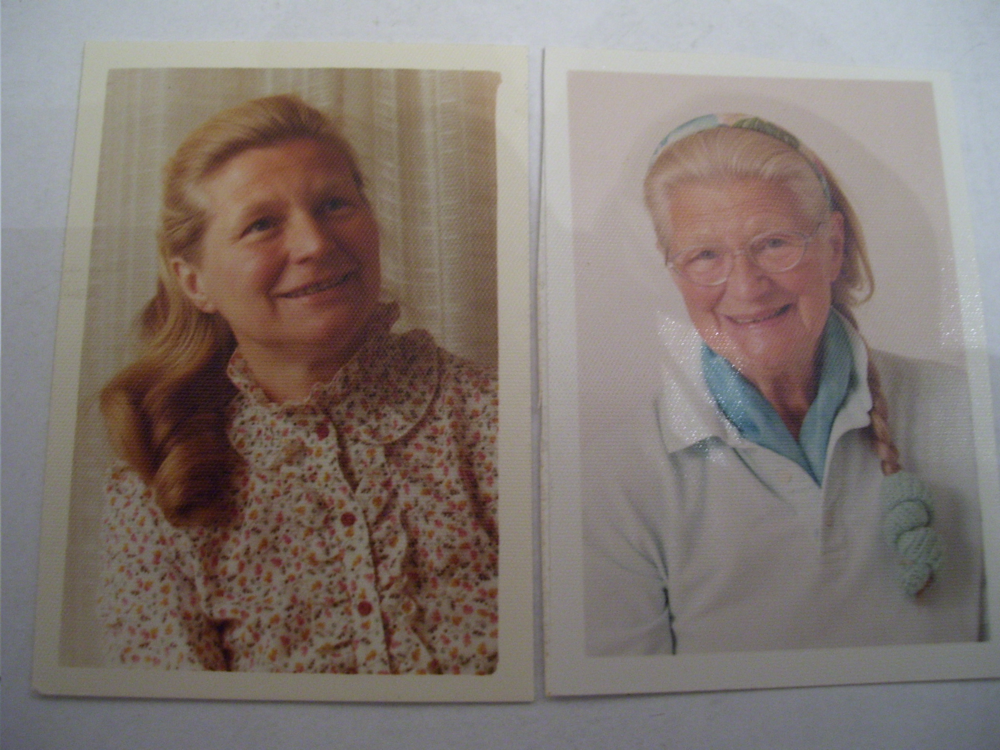
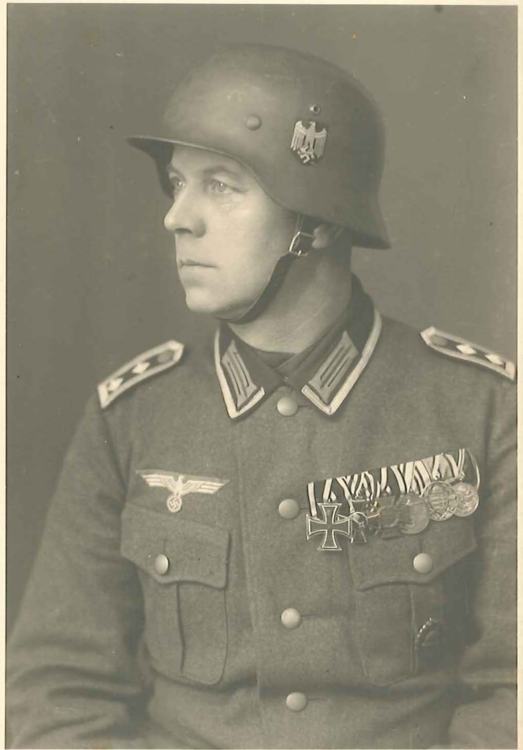
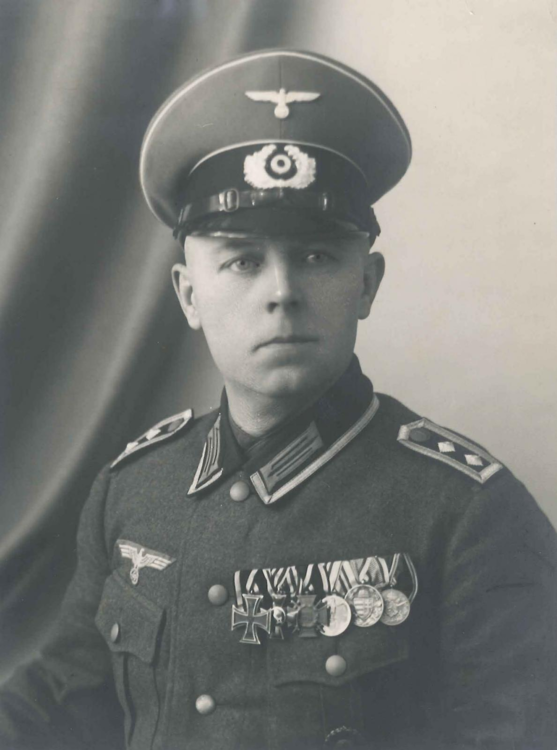
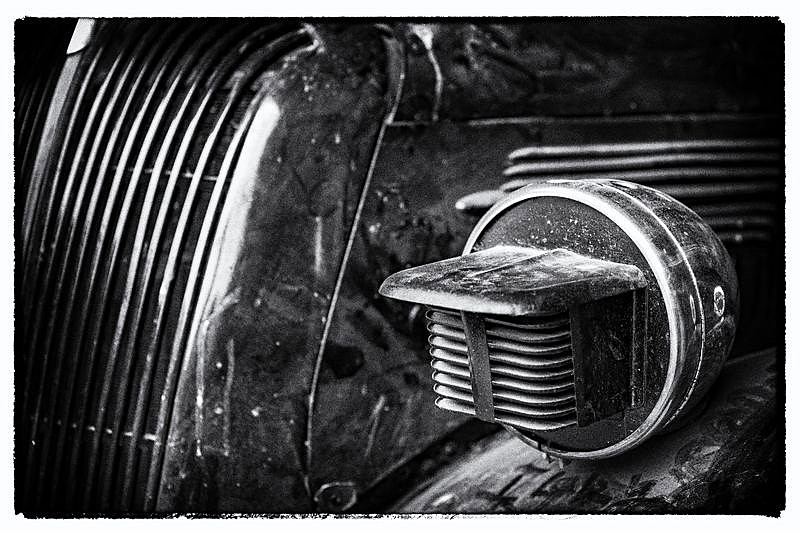
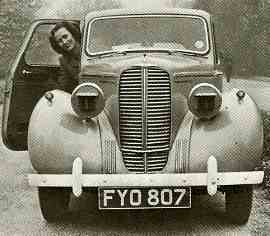

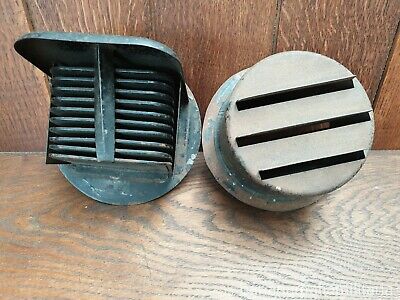
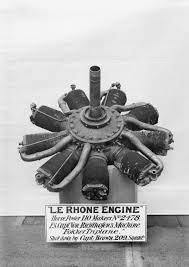
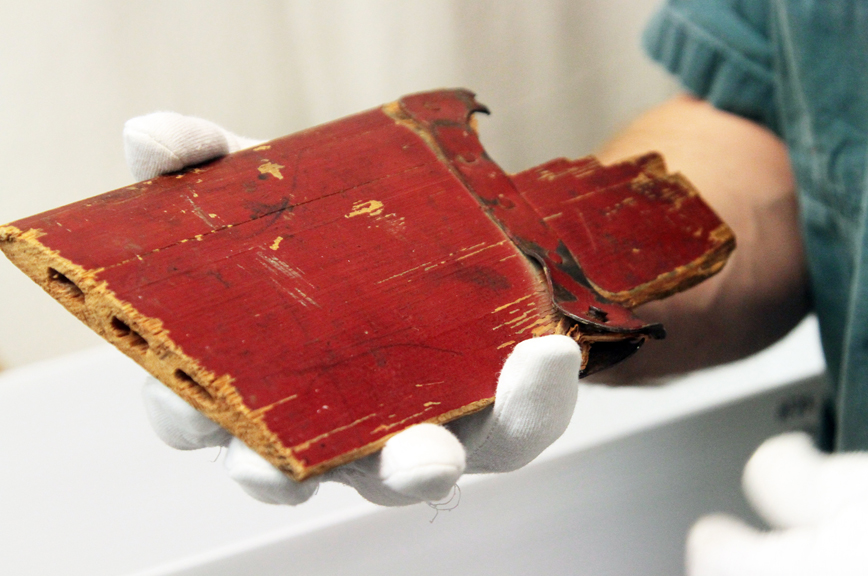
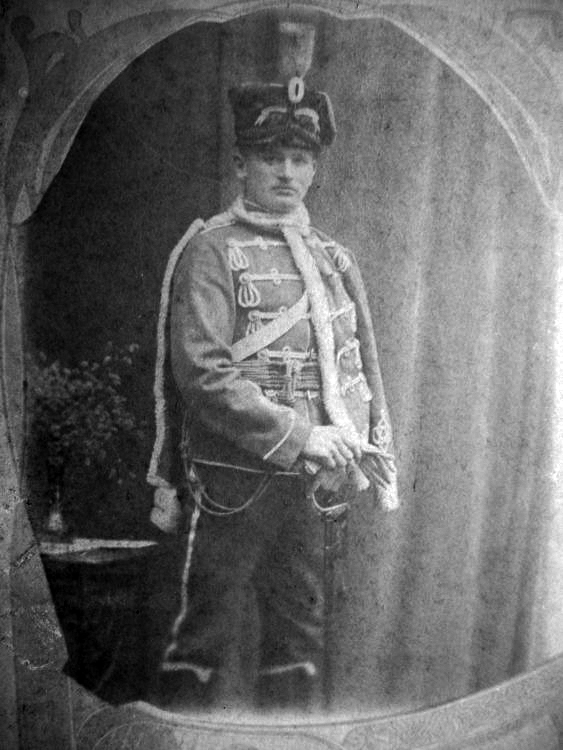
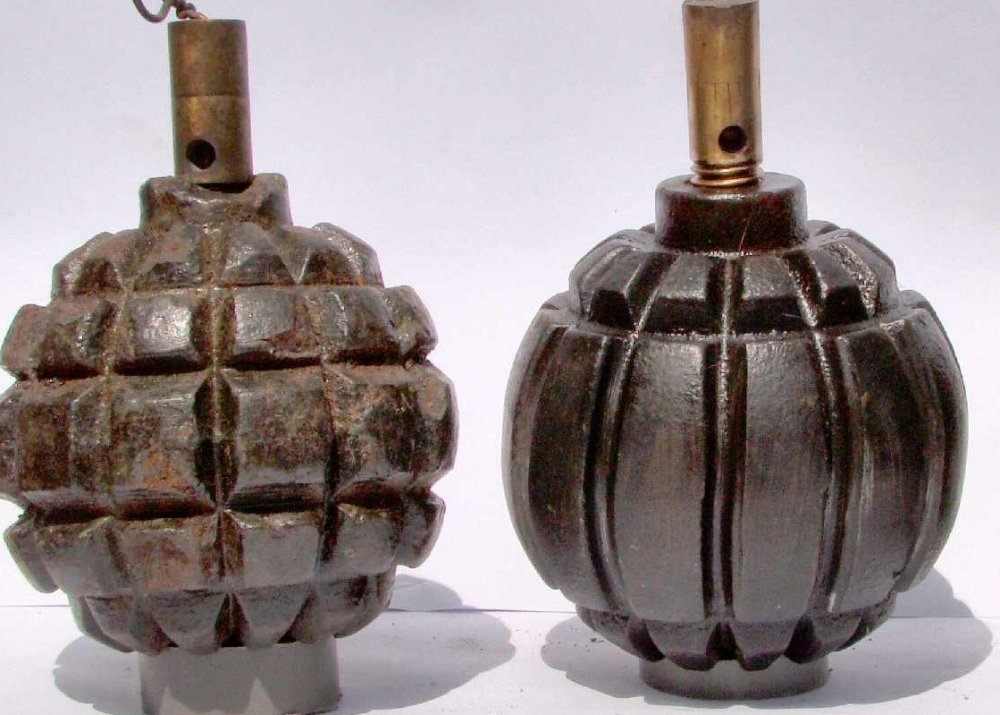
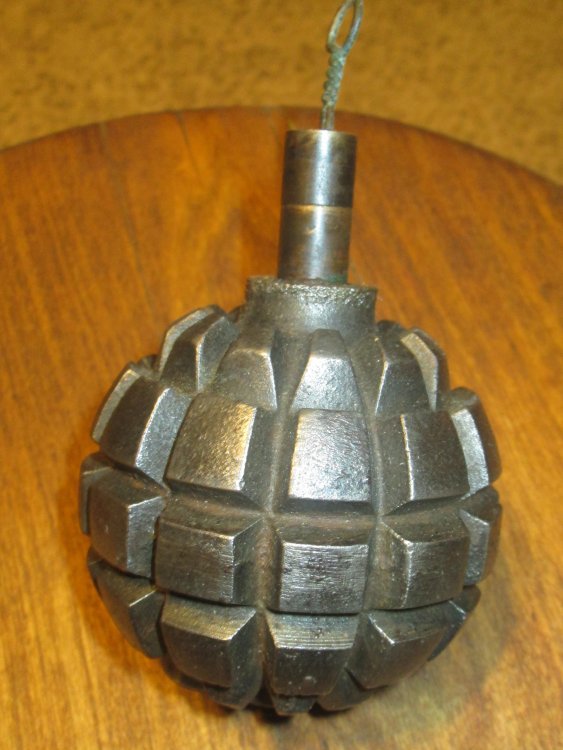
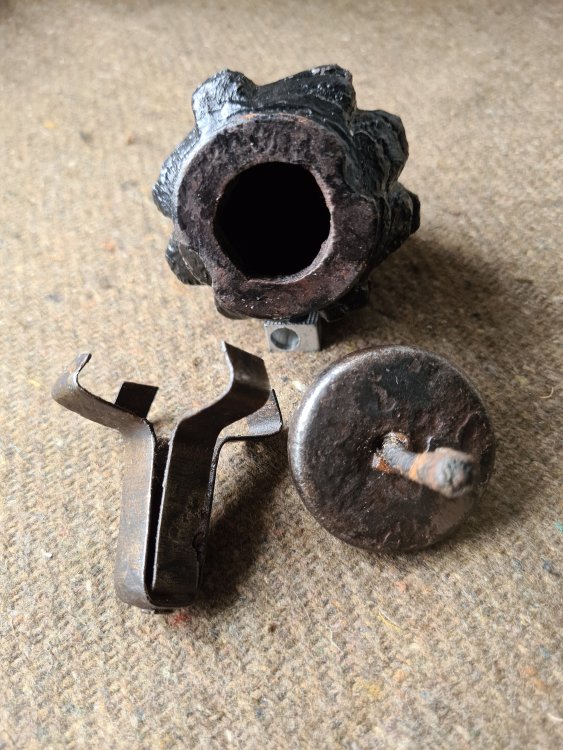
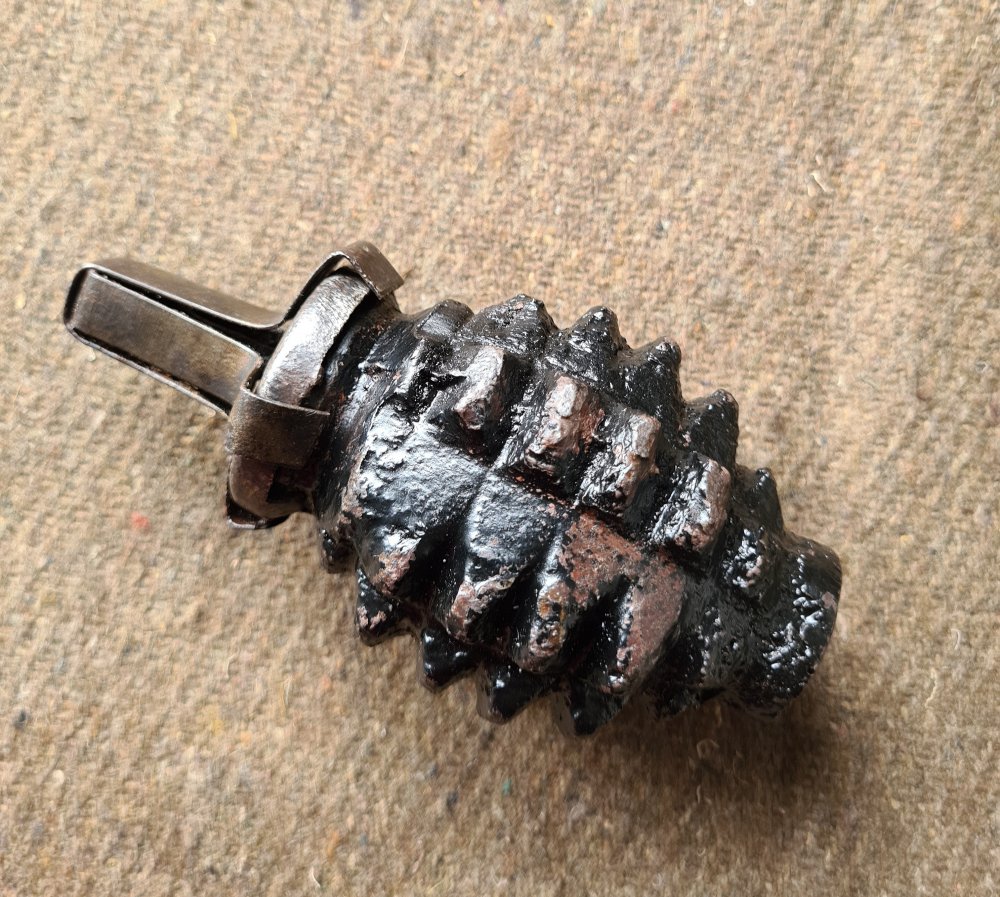
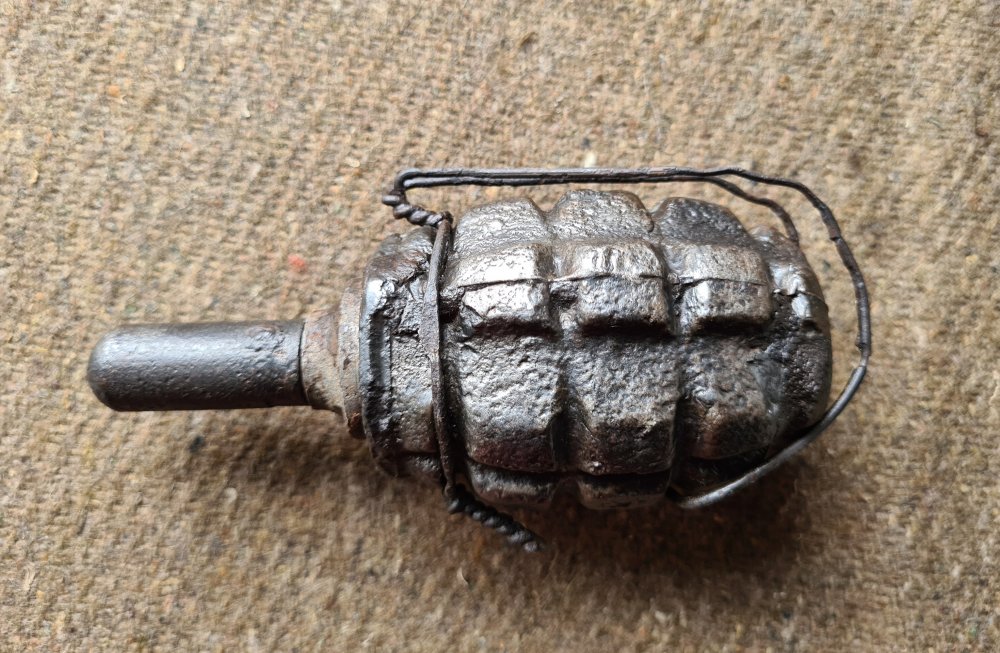
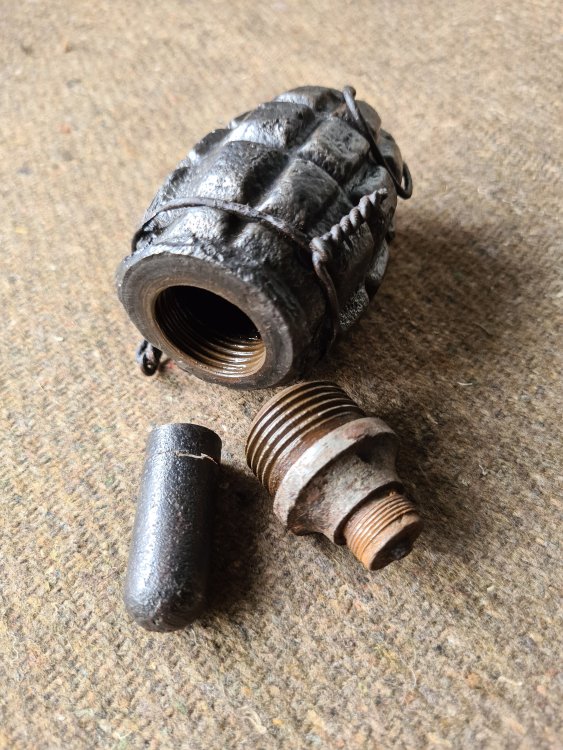
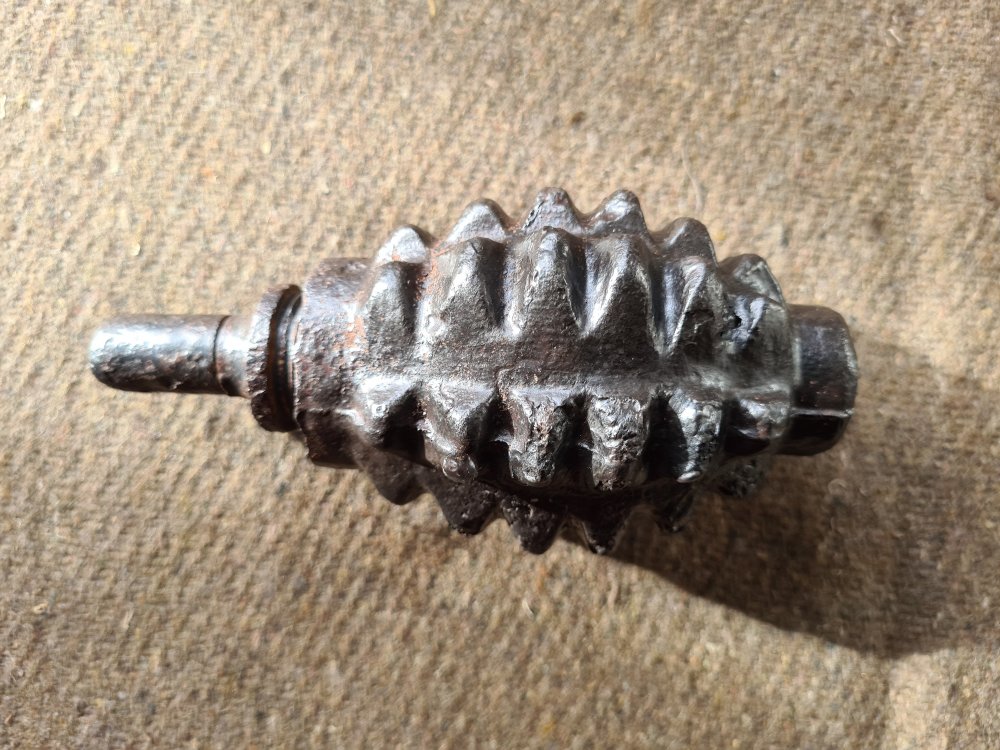
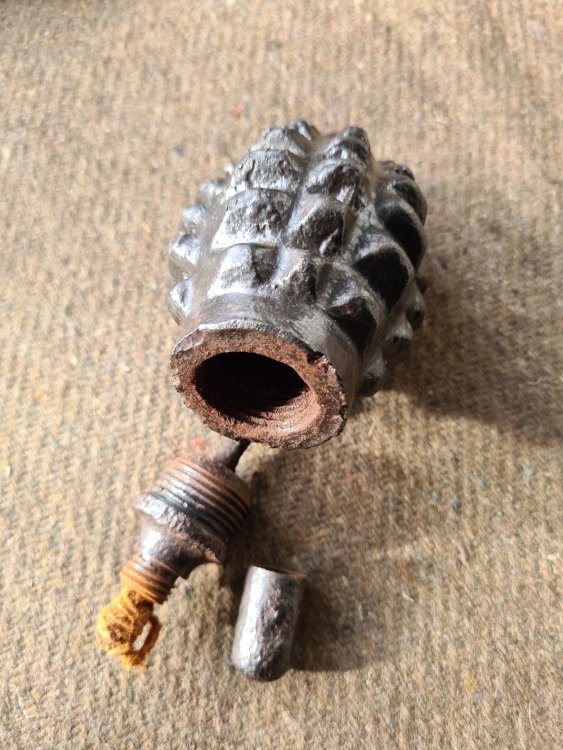

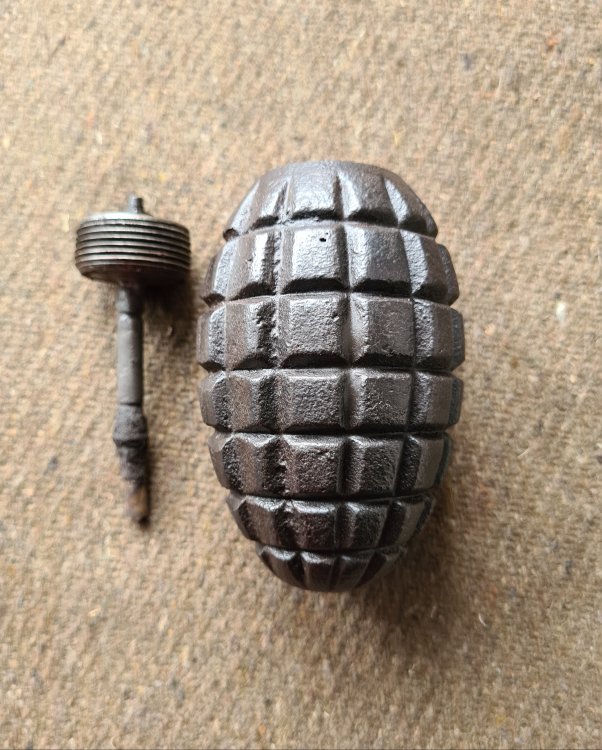
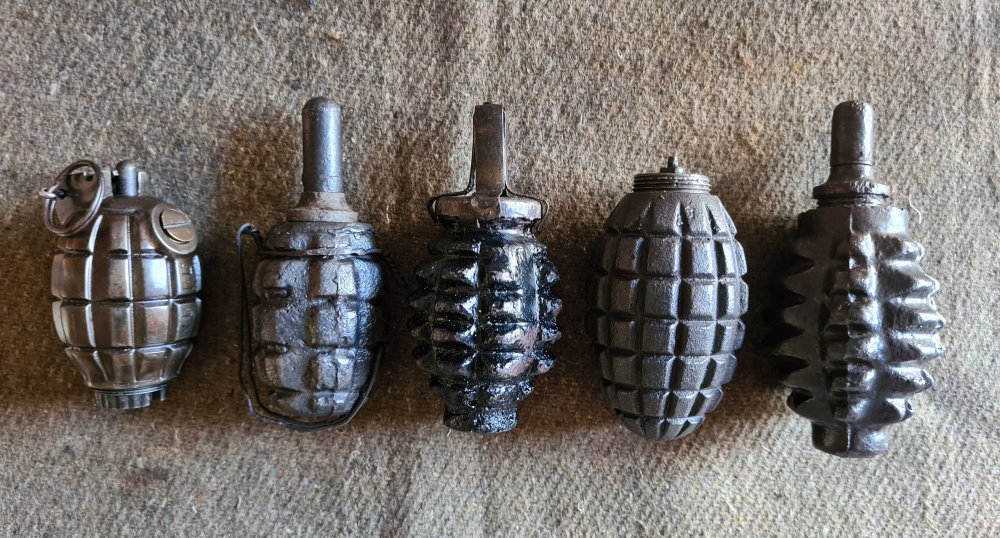
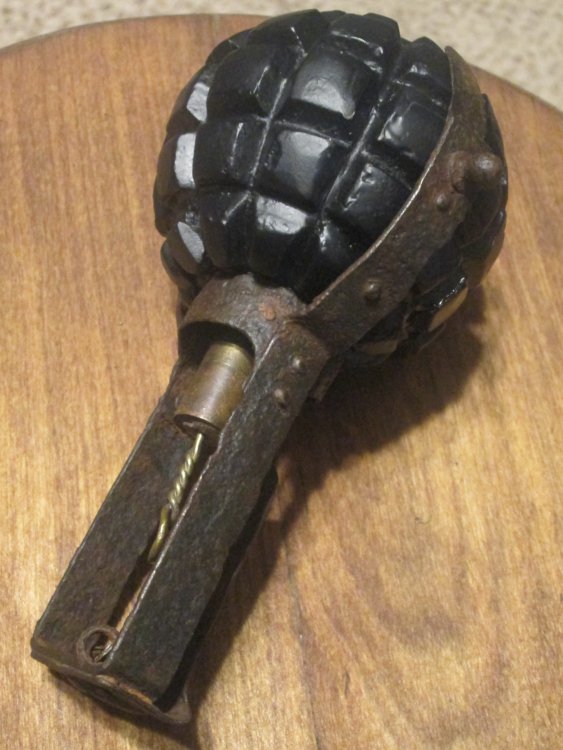
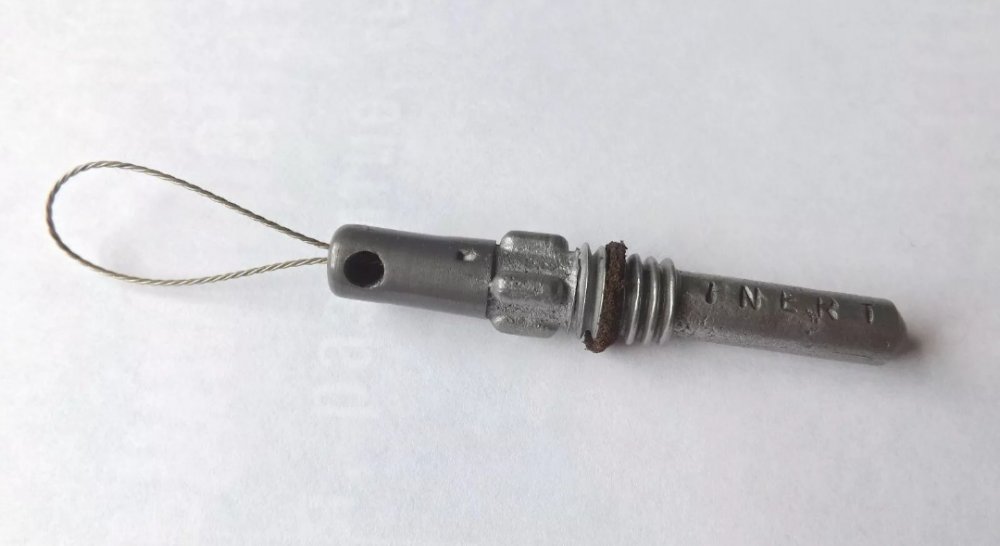
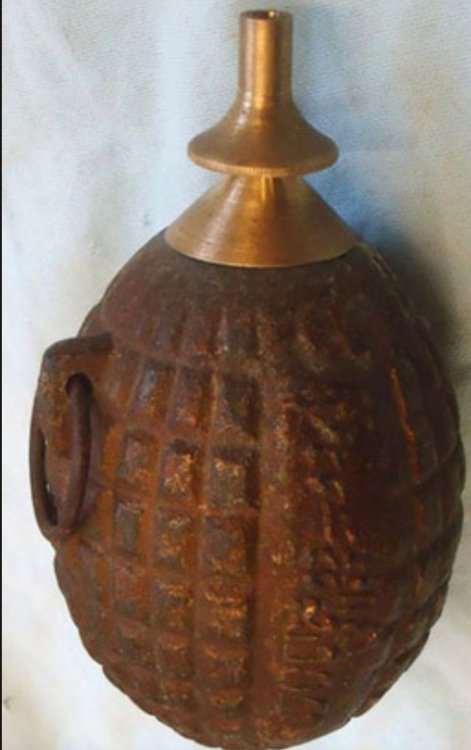
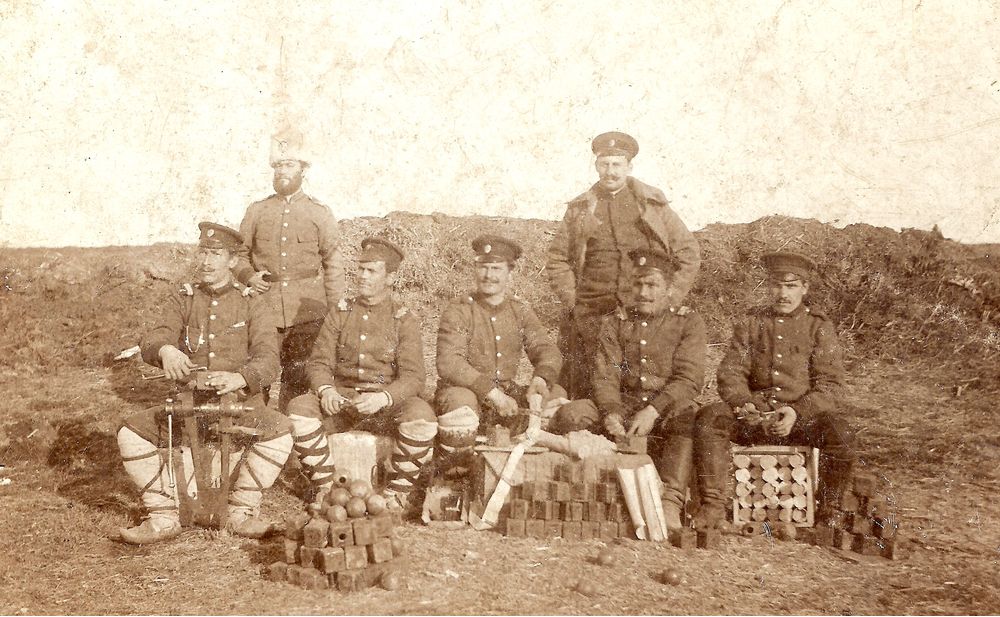
.thumb.jpg.f5efb3c34a68bea62f7e003bf19e4332.jpg)
.thumb.jpg.f45fc48ba4f115719f7ce5e753b8d6b6.jpg)
.thumb.jpg.f4ac535b746ecfa46d4d98724d574901.jpg)
.thumb.jpg.d08790938a578fd2f6b1a382397d4a23.jpg)
.thumb.jpg.926a37ff8595ab95940097899ca8c10c.jpg)
.thumb.jpg.f52f1415e82e797c098aee02c4af2586.jpg)
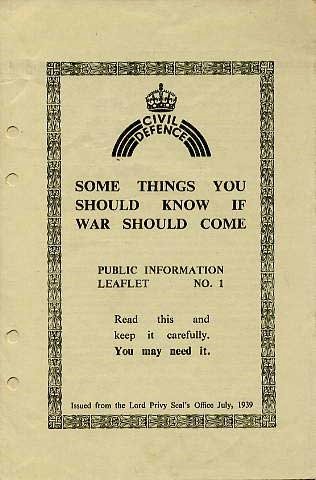
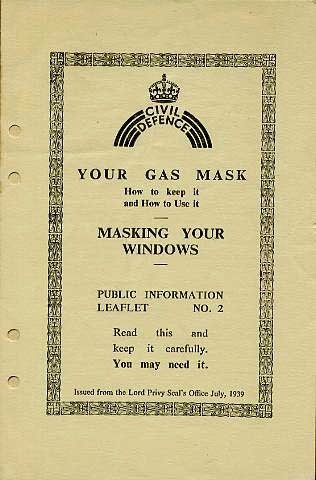
.thumb.jpg.82242e0cb265ef871876cc92b2c0715e.jpg)
.thumb.jpg.7a89e30462f3d96e5fc8322cfb697bcc.jpg)
.thumb.jpg.2a869440731ed34a2b2fd9a6486a2f2f.jpg)
.thumb.jpg.616cd91c61c1fbb1f4da82fd0a7016b6.jpg)
.thumb.jpg.1c79600bfb01ec47cb1d6d06629df603.jpg)
.thumb.jpg.06225628888dbcaca003c71d7beb134e.jpg)
.thumb.jpg.61b9f16d2a36b7fd72017c83b333c12b.jpg)
.thumb.jpg.96364f1573dfb80d3b1304ae528b1b6b.jpg)
